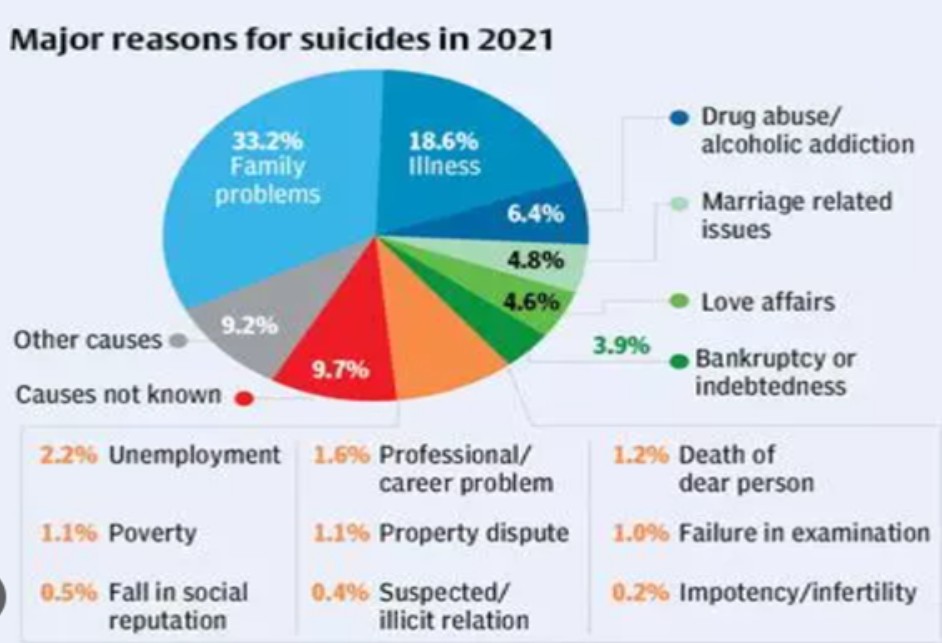7667766266
enquiry@shankarias.in
Mains: GS I – Population and Associated Issues
Recently, a 25-year-old an MBBS graduate from Hyderabad was saved from her attempt to suicide by reaching to the Tele-MANAS helpline.

Those in distress could seek help and counselling by clicking here.